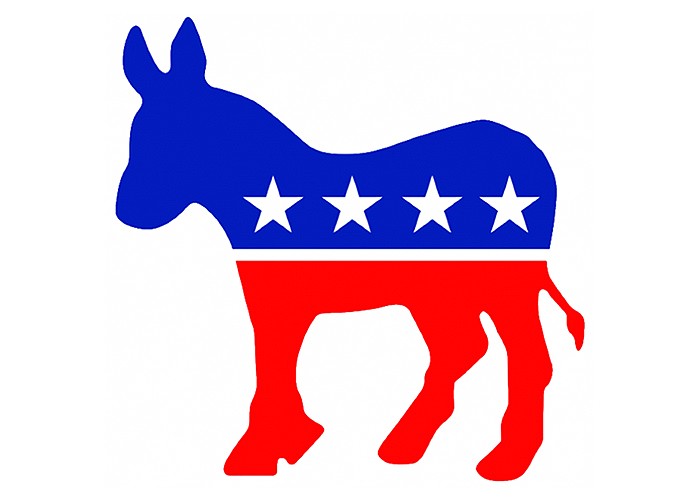During the 20 years that he has led the social democratic Working Families Party, Dan Cantor has waited for the left to get serious about building power through local politics. "People, sophisticated people, barely know who their state senator is," he told me. A significant portion of nonmilitary spending in America is done at the state and local levels, he pointed out, "so it's not like these are trivial offices. This is where people live."
The religious right has long understood this. It became a major part of the Republican Party by systematically capturing seats on school boards and city councils. But many on the left either disdained electoral politics altogether - preferring demonstrations like Occupy Wall Street that quickly turned into ends in themselves - or gravitated toward nihilistic spoiler campaigns like those of Ralph Nader and Jill Stein.
Donald Trump's election has changed that, spurring progressives to search for ways to exert power in the face of terrifying powerlessness. They have flooded into down-ballot races, bringing them unprecedented attention.
So it's a little bittersweet that Cantor, 62, is about to step aside as director of the WFP.
Cantor's successor will be Maurice Mitchell, a 38-year-old organizer with experience in the Black Lives Matter movement. This changing of the guard has important implications for the left. The WFP was born in 1998 as an alliance of labor leaders and community groups like the now-defunct Acorn. Mitchell wants to make it home to a new generation of activists who are part of a historic upsurge in popular protest, fusing Bernie Sanders' class politics with a focus on racial and gender equality.
According to a Washington Post-Kaiser Family Foundation poll, 1 in 5 Americans have either protested or attended a political rally since the start of 2016. Those activists, many newly minted, are overwhelmingly anti-Trump. Mitchell aims to make sure they turn their revulsion into votes.
Plenty of people in these movements, of course, aren't particularly radical and are perfectly at home in the Democratic Party. As Lara Putnam and Theda Skocpol wrote in Democracy Journal in February, much of the anti-Trump resistance is made up of middle-aged suburban women, and most identify as Democrats. But for people on the left who feel alienated from the Democratic Party, the WFP can be an on-ramp to electoral politics.
The WFP is entirely pragmatic about the limitations of a third party in a two-party system. It runs primary challenges against centrist Democrats in places where more progressive candidates look viable, particularly in down-ballot races. But it's careful not to act as a spoiler in general election fights, where it often works alongside Democrats. Cantor describes the WFP as an "independent faction" of the Democratic Party; its model is more akin to the Tea Party than the Green Party.
"I want to be part of a left, but a left that has a very sober assessment of where we are today, so we can build this visionary future," Mitchell said.
Since 2010, the WFP has expanded nationally and now has chapters or organizing committees in 19 states. In 2017, it endorsed more than 1,000 candidates for state and local office.
Building a party that can simultaneously encompass feminist actresses in Manhattan, black liberationists and white Appalachian strikers is no small thing. All over the world, right-wing populism is ascendant, and so far we have little evidence that multiracial left-wing populism can successfully challenge it. But one thing that Trump's election taught us is that just because something has never happened doesn't mean it can't. "Can we merge these ideals with serious electoral heft?" Mitchell asked. People dreaming of a country that's egalitarian, cosmopolitan and humane have no choice but to try.
The New York Times
